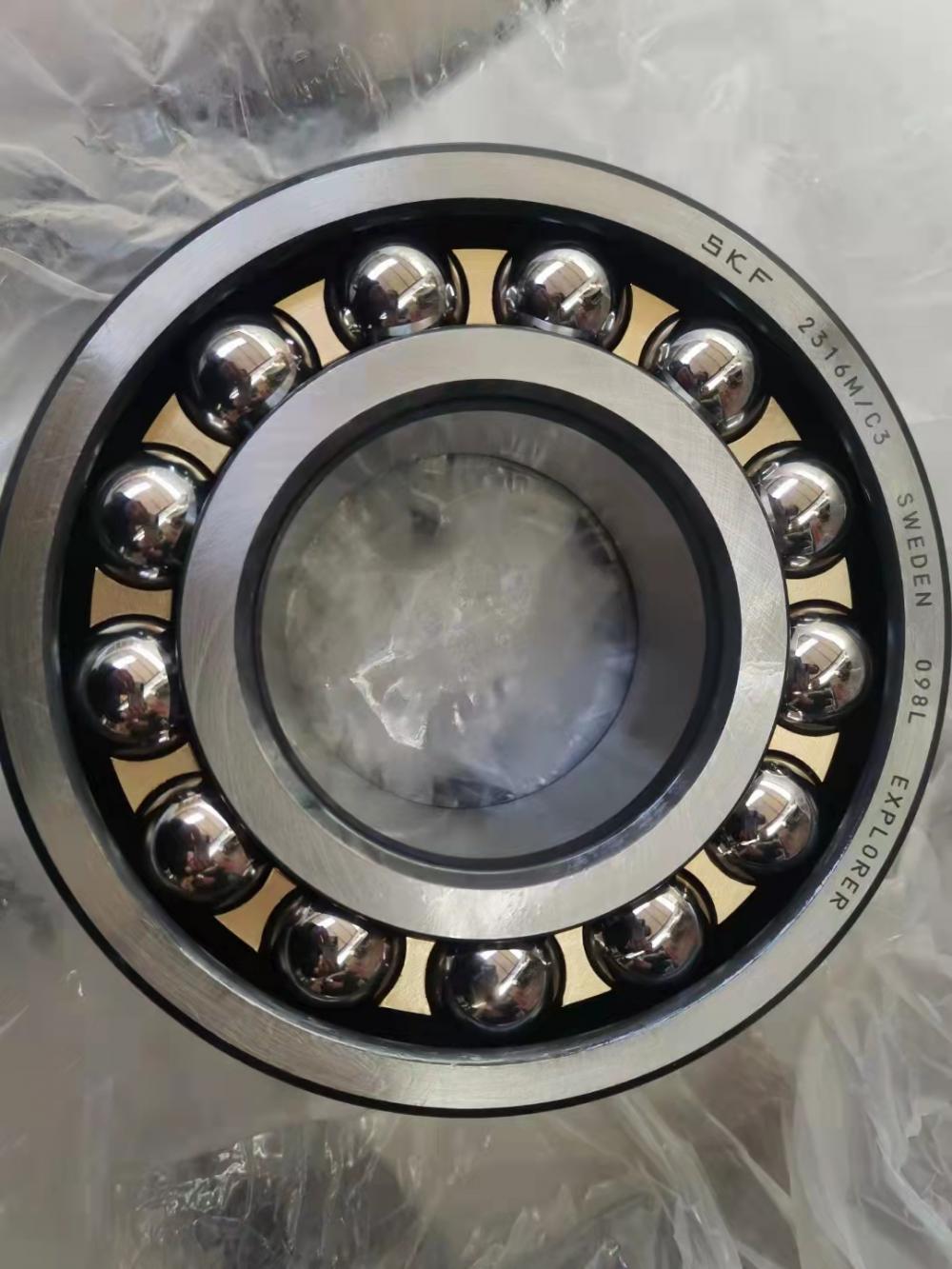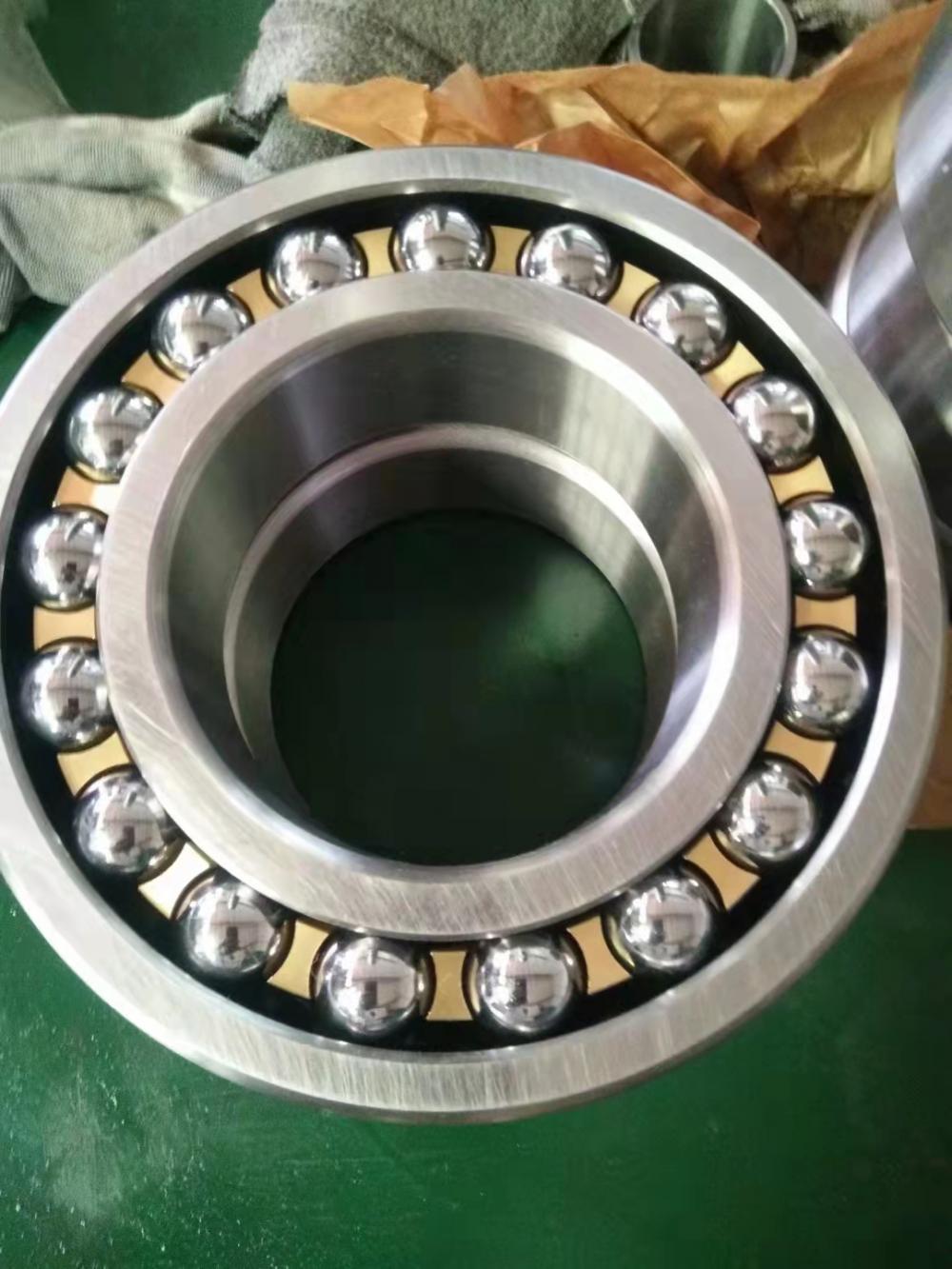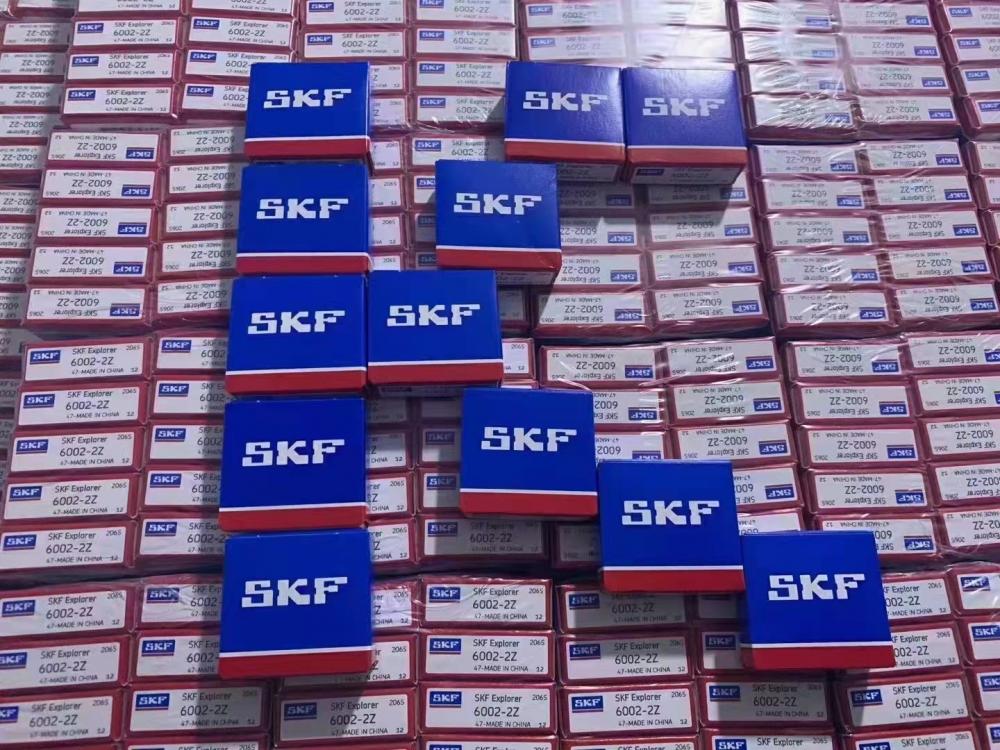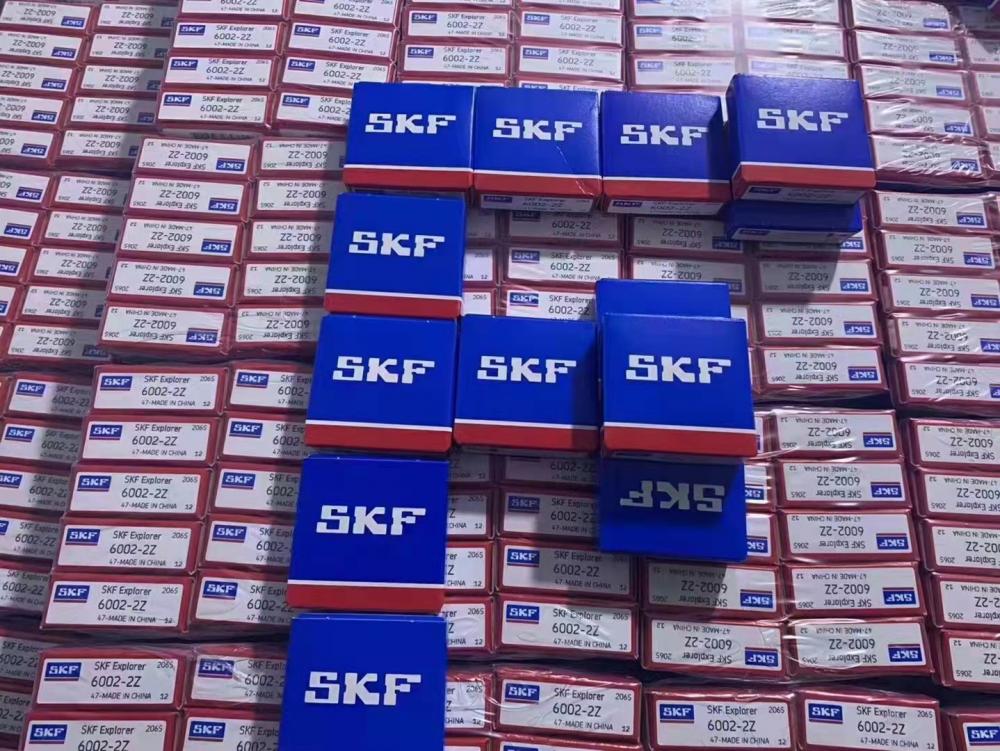First, the disease
1. Peach bacterial perforation. In the peach producing areas all over the country, poorly drained orchards or rainy years are more harmful. The disease is caused by bacteria, mainly affecting leaves, fruits and new shoots. Watery lesions are present at the onset of the leaves. Before and after the peach tree blooms, the bacteria overflow from the diseased tissue and spread by wind or rain. The leaves generally develop in May, and the high temperature and humidity are beneficial to the infection of the bacteria, and the disease is aggravated. Orchards with weak trees, poor drainage or excessive nitrogen fertilizer are seriously ill.
Control method:
(1) Strengthen the comprehensive management of orchard: Do not establish a peach orchard in a high or low groundwater level; use less nitrogen fertilizer to prevent it from growing. Reasonable pruning to improve ventilation and light transmission conditions, moderate summer shears, cut off diseased tips, and burned intensively. Do a good job in the Qingyuan work in the winter.
(2) Chemical control: Spray 4~5 degree stone sulphur mixture before germination, or spray 20% leaf cumin 800 times solution after flowering. Spraying agricultural streptomycin from May to August.
2, peach sore rickets. Also known as peach black spot disease, it mainly harms the fruit and also invades the new shoots and leaves. The fruit is mostly on the shoulder of the fruit. The lesions on the fruit are initially green and watery, and become black and green when they are enlarged. When the fruit is ripe, the lesion becomes purple or dark brown. The lesion is limited to the peel and does not penetrate into the flesh. In the later stage, the lesion is corked and cracked. The time when the bacteria invaded the fruit was 6 weeks after the flowering. After the shoots were damaged, the lesions were oblong and light brown, and later turned gray-brown to brown. The surrounding dark brown to purple-brown, with bulges, often occurred.
Control method:
(1) Winter shears completely cut off the diseased shoots. Clear out the orchard, reduce the source of disease, reasonable planting density, prevent crown transfer, improve the ventilation and light conditions of the orchard, and reduce the humidity of the orchard.
(2) Spray 3~5 wave of sulphur sulphur mixture before germination; after falling flowering until July, spray about 25% of azoxystrobin 1500 times or 80% of complexed mancozeb 600 times every 15 days, or In the early stage of the disease, the particles were dispersed 6000 times with 37% difenoconazole water.
3, peach anthracnose. After falling flowers, the brown-green water-stained lesions appear on the fruit surface, and the lesions expand and sag, and the pink mucous spores are produced. The lesions on the young fruit grow up and reach the fruit stems. Deep into the fruit branches and fruit surface, brown spots appear, gradually blackening, forming black sputum, seriously affecting fruit quality.
Control method:
Strengthen cultivation management, apply more organic fertilizer and phosphorus and potassium fertilizer, 4000 times with 40% difenoconazole and 2000 times with 45% prochloraz.
4, peach flow gum disease. It is an important disease of branches, causing the tree to be weak, reducing or killing trees, and having non-invasive and fungal infestation. In the spring and summer, in the new shoots, the skin is centered on the lenticels, and the colorless and translucent soft gum is discharged. The translucent gum is also discharged, and the gum becomes a brownish crystal.
Control method:
treatment. The gelatinous part of the tree body was scraped off first, and the 1.8% chlorpyrifos acetate was applied 50 times.
5, root cancer. The tumor occurs on the root, root neck and stem of the peach. The affected part first forms a gray-white tumor, which is tender and tender. The tumor grows brown, becomes lignified, the texture is dry and hard, the surface is irregular, and the crack is rough.
Control method:
(1) Planting peach trees or raising seedlings should not be heavy.
(2) Once the root cancer disease is found, the root system near the trunk is shaved and sterilized with quicklime.
6, rust. It mainly harms the leaves and also harms the fruit. The affected leaves are gathered behind or scattered with irregular yellow spore heaps. The summer spore heap is produced under the epidermis of the leaves. After maturity, the epidermis ruptures, that is, urediospores.
Control method:
Control with 1:2.5:200 Bordeaux mixture, or 25% azoxystrobin 1500 times or 80% mancozeb. It can also be treated with 80% tebuconazole 4000 times in the early stage of the disease.
Second, pests
1, Taoyuan. Commonly known as "greasy insects" is also the media of viral diseases. The life cycle of peach aphid is short and the amount of reproduction is large. In addition to sucking the juice in plants, it can also secrete honeydew and cause coal pollution. Generally, it occurs more than 20 generations a year. The eggs overwinter on the peach trees, and the peach buds sprout from the early spring to the flowering stage, and the eggs begin to hatch, and the clusters suck the juice on the shoots.
Control method: spray the 70% imidacloprid water dispersion particles 3000 times in time after falling flowers (the focus of prevention and control throughout the year). Or in the adult hatching period, use 40% acetamiprid 6000 times plus 5% cyhalothrin 2000 times.
2, red spider. 4-6 generations occur every year, and female adults live in the soil, dead leaves, and weeds in the gap between the rough skin of the tree and the trunk. In the first half of April, the peach blossoms bloomed at the end of the period, which harmed the newborn young tissue. Red spider mites and the first generation are relatively neat (the first generation hatching period is after May 25)
Control method: 2000 times with 20% triazolyl suspending agent at the end of May, or 2000 times with 25% atradrone. Or spray with 5% avermectin 4000 times during the occurrence of spider mites.
3, peach leaf miner. In the management of extensive orchards, disasters have been jeopardized, causing early leaves, affecting tree potential and yield. Seven generations a year, the white silkworms on the leaves of the locusts overwinter, and in April the next year, they emerged as adults and lay eggs on the back of the leaves. May to September is a dangerous period.
Control method: remove the deciduous weeds in the orchard. The flood season and the adult emergence period are the key period of drug control, 25% chlorhexidine suspoemulsion 1500 times, or 25% chlorpyrifos 1200 times.
4, peach ball 蚧 蚧 蚧 。. It is a pest that occurs in peaches. The female capsule is spherical, reddish brown or dark brown. Draw the host juice on the branches. When the density is high, it can be seen that the crust is heavily packed on the branches. The tree is weakened and the yield is seriously affected. A generation occurs every year.
Control method: Spray 3-5 waves of sulphur sulphur mixture before germination, or use 1500 times of 48% chlorpyrifos or 1000 times of chlorpyrifos in the early stage of incubation.
5, red neck beetle. The worm has a generation in 2 years, with the larvae overwintering in the trunk of the trunk, recovering from March to April of the next year, drilling irregular tunnels under the cortex and xylem, and discharging a large amount of reddish brown feces debris secretions outside the pupil.
Control method: use aluminum phosphide or 48% chlorpyrifos to fill the hole, block it, and fumigate.
6, Taoyuan. Algebras vary from year to year in the whole country, 2~3 generations in the north, mainly in the mature larvae in trunk trunks, in the fruit, in the branches, forks, cracks, tree holes, dead wood, under the skin and the seams, debris, chaos Stone gaps, wintering.
Control method: control with 25% chlorpyrifos 1500 times or 3.2% cypermethrin 1000 times.
Deep groove ball bearings are the most widely used bearing type and are particularly versatile. They have low friction and are optimized for low noise and low vibration which enables high rotational speeds. They accommodate radial and axial loads in both directions, are easy to mount, and require less maintenance than other bearing types.
The SKF bearing catalogue lists a large range of designs, variants and sizes of deep groove ball bearings. Beyond our catalogue offering, the SKF Explorer deep groove ball bearings are customizable to offer advantages for applications with specific performance needs.





SKF Deep Groove Ball Bearing,Ball Bearings for Motor,SKF Deep Groove Ball Bearing,SKF Ball Bearing
Shijiazhuang Longshu Mechanical & Electrical Equipment Trading Co., Ltd. , https://www.longsbearing.com